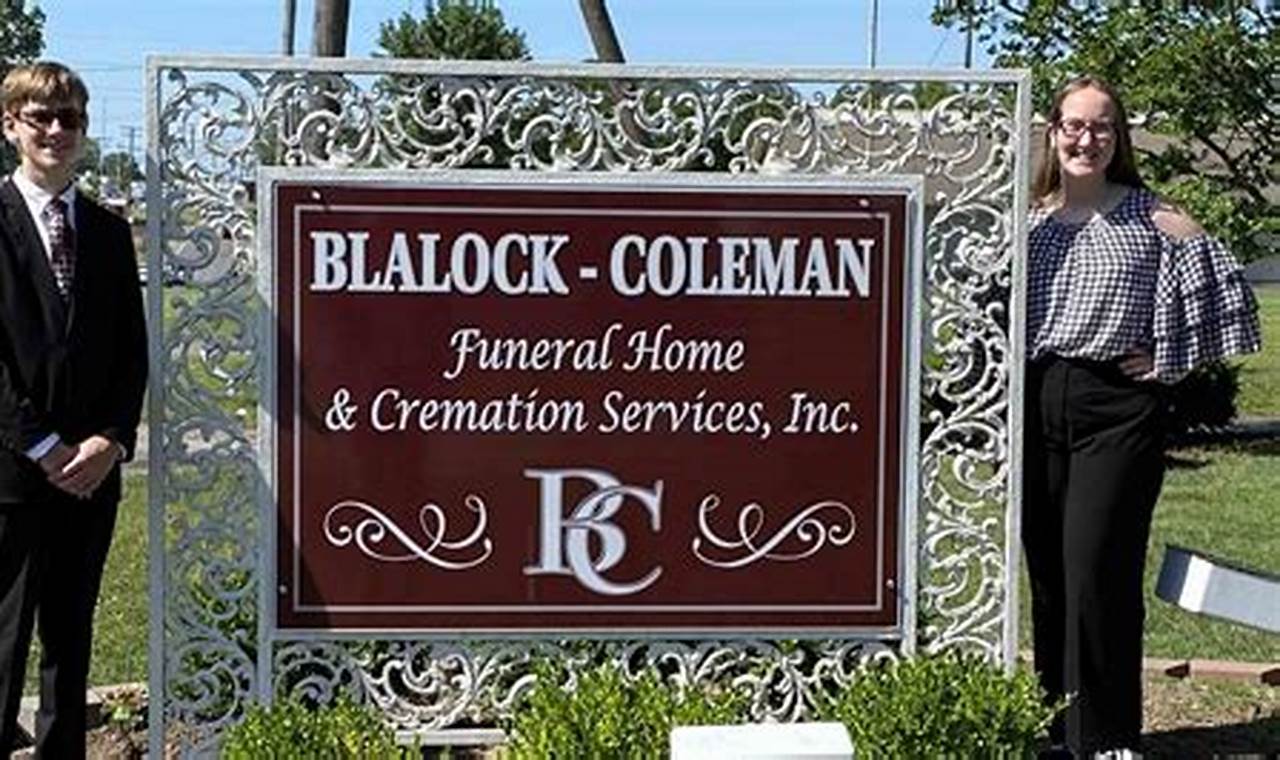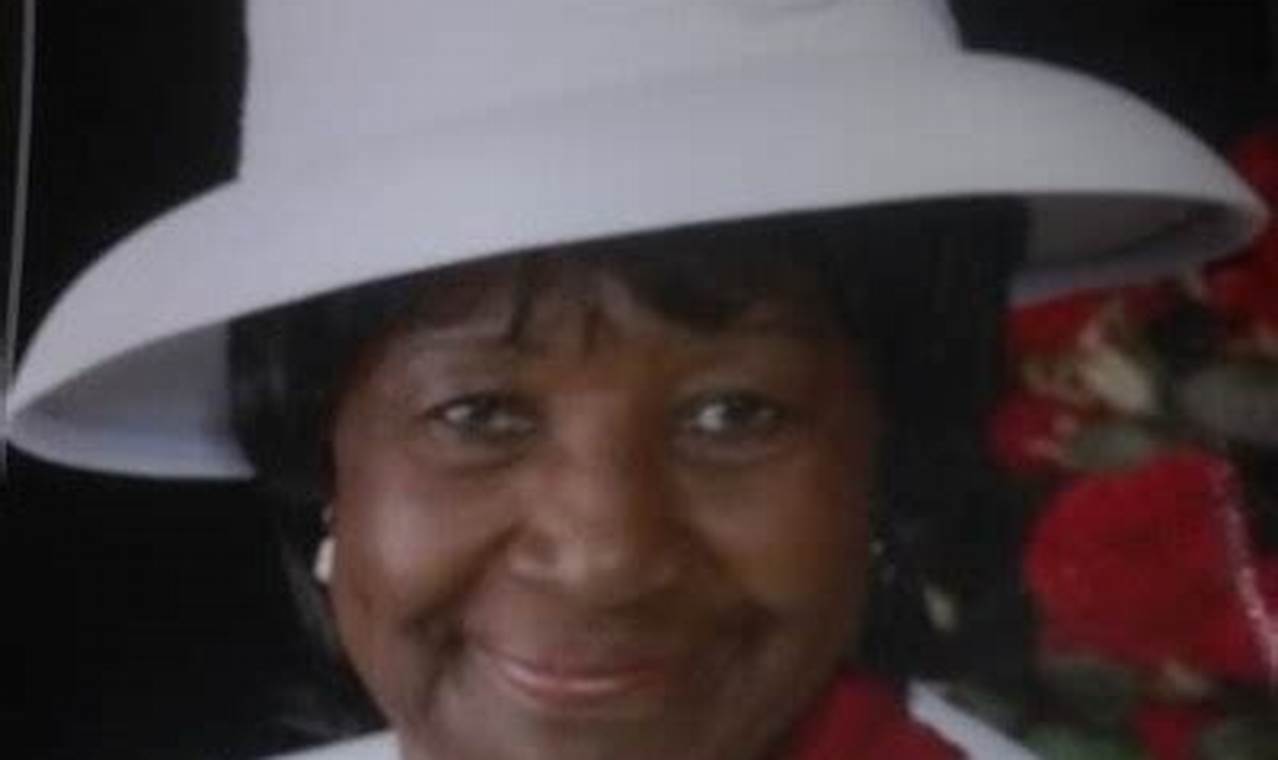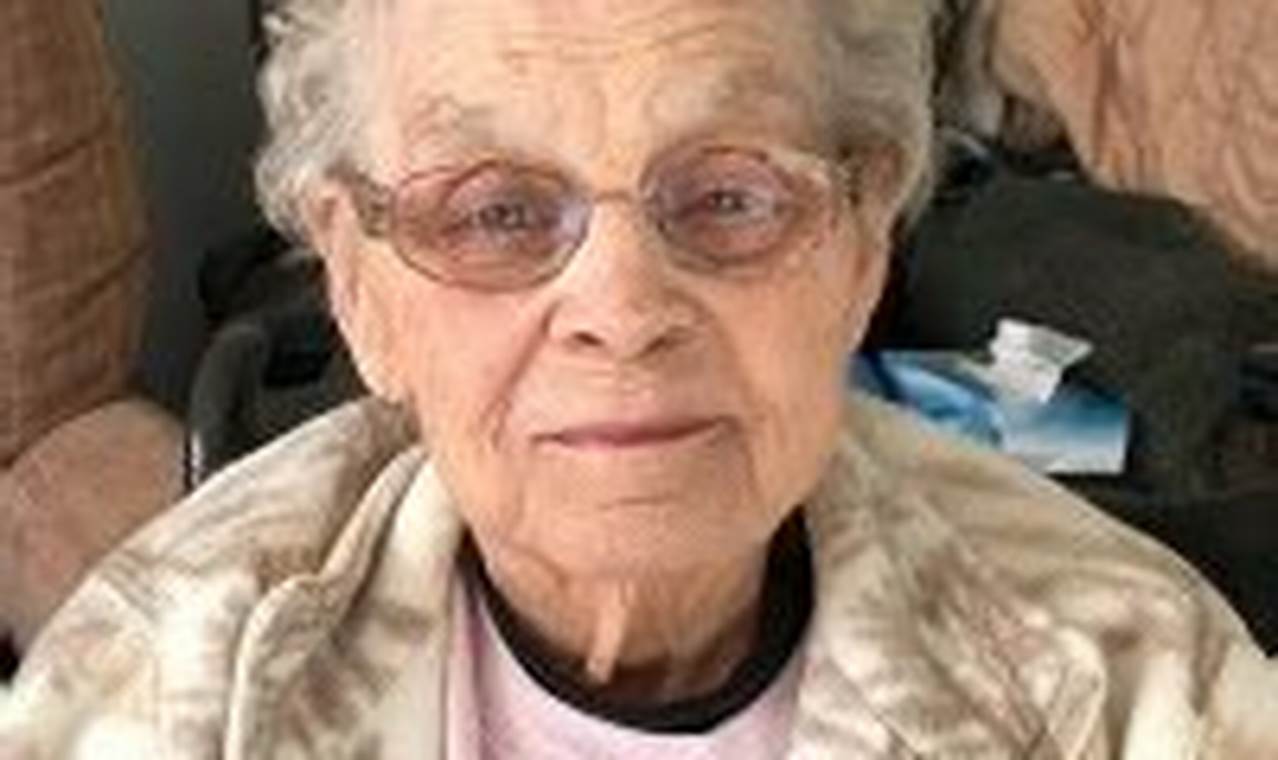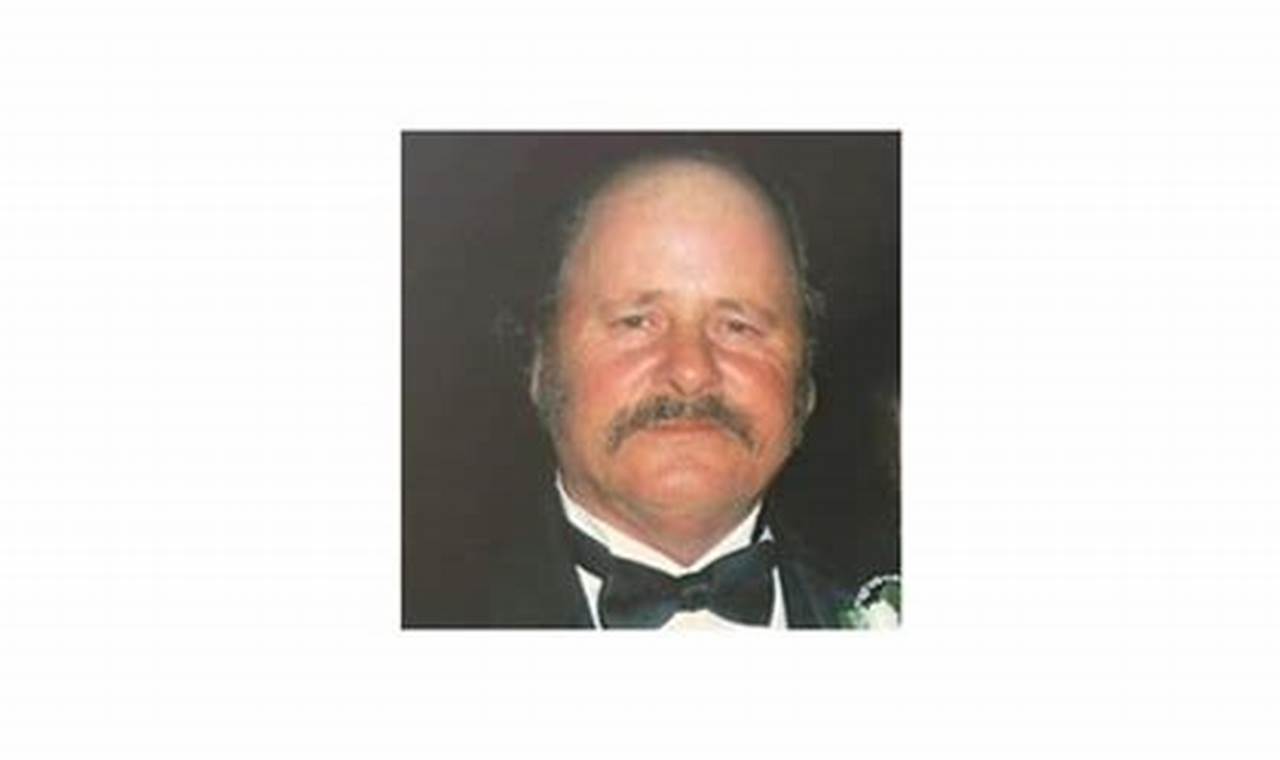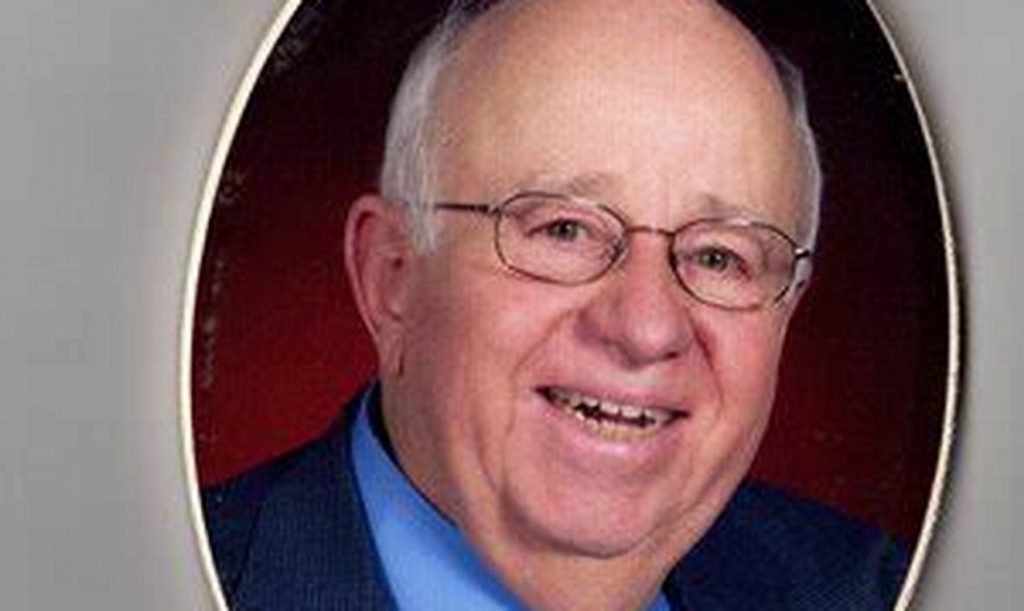
Need help finding and accessing hooper-huddleston funeral home obituaries today? We have put all the information you need to know about hooper-huddleston funeral home obituaries in one place.
Editor’s Notes: hooper-huddleston funeral home obituaries have published today date as to be used when searching for recent obituaries. Need help finding and accessing hooper-huddleston funeral home obituaries today? We have put all the information you need to know about hooper-huddleston funeral home obituaries in one place.
We understand that losing a loved one is a difficult time, and we want to make it as easy as possible for you to find the information you need. Our team has spent countless hours analyzing and digging for information, and we’ve put together this guide to help you make the right decision.
Here are some of the key differences between the different types of hooper-huddleston funeral home obituaries:
| Type of Obituary | Description |
|---|---|
| Traditional Obituary | A traditional obituary is a paid announcement that is published in a newspaper. It typically includes the deceased’s name, age, date of death, place of death, and survivors. |
| Online Obituary | An online obituary is a free announcement that is published on a website. It typically includes the same information as a traditional obituary, but it may also include additional information, such as photos, videos, and links to social media pages. |
| Memorial Website | A memorial website is a website that is created to honor the memory of a deceased loved one. It typically includes information about the deceased’s life, as well as photos, videos, and other memories. |
Ultimately, the best type of hooper-huddleston funeral home obituaries for you will depend on your individual needs and preferences. If you’re not sure which type of obituary is right for you, we encourage you to talk to a funeral director. They can help you make the decision that’s best for you and your family.
hooper-huddleston funeral home obituaries
When it comes to finding and accessing hooper-huddleston funeral home obituaries, there are a few key aspects that you should keep in mind:
- Name: The name of the deceased
- Age: The age of the deceased
- Date of death: The date of the deceased’s death
- Place of death: The place of the deceased’s death
- Survivors: The deceased’s survivors
- Services: The deceased’s funeral services
- Obituary type: The type of obituary (traditional, online, or memorial website)
- Publication date: The date the obituary was published
- Location: The location of the obituary (newspaper, website, or memorial website)
These key aspects can help you to find and access the hooper-huddleston funeral home obituaries that you are looking for. For example, if you know the name of the deceased, you can search for their obituary by name. Or, if you know the date of death, you can search for obituaries that were published on that date. By using these key aspects, you can quickly and easily find the information you need.
Name
The name of the deceased is one of the most important pieces of information in a hooper-huddleston funeral home obituary. It is the first thing that people will see when they are looking for information about the deceased, and it is the key to finding out more about their life and legacy.
There are several reasons why the name of the deceased is so important in a hooper-huddleston funeral home obituary. First, it allows people to identify the deceased and to learn more about their life. Second, it helps people to connect with the deceased and to grieve their loss. Third, it provides a sense of closure for the deceased’s family and friends.
In addition to the personal significance of the deceased’s name, it also has practical importance. The name of the deceased is used to identify them in legal documents, such as death certificates and wills. It is also used to locate the deceased’s body and to arrange for their funeral services.
Here are some examples of how the name of the deceased is used in hooper-huddleston funeral home obituaries:
- To identify the deceased: “John Smith, 65, of Anytown, USA, died on January 1, 2023.”
- To provide more information about the deceased: “John Smith, 65, of Anytown, USA, died on January 1, 2023. He was a loving husband, father, and grandfather.”
- To connect with the deceased: “John Smith, 65, of Anytown, USA, died on January 1, 2023. He will be deeply missed by his family and friends.”
- To provide a sense of closure: “John Smith, 65, of Anytown, USA, died on January 1, 2023. His family and friends will cherish his memory forever.”
The name of the deceased is an essential part of a hooper-huddleston funeral home obituary. It is a way to identify the deceased, to learn more about their life, and to connect with them. It is also a practical way to help with the legal and logistical aspects of death.
Age
The age of the deceased is an important piece of information to include in a hooper-huddleston funeral home obituary. It can provide context for the deceased’s life and death, and it can also help readers to understand the impact of the deceased’s passing on their family and friends.
-
Facet 1: Understanding the deceased’s life
The age of the deceased can provide insights into their life experiences. For example, a young person who dies unexpectedly may have had a promising future ahead of them, while an elderly person who dies peacefully may have lived a long and fulfilling life. Knowing the deceased’s age can help readers to understand the context of their death and to appreciate the impact it has had on their loved ones. -
Facet 2: Connecting with the deceased
The age of the deceased can also help readers to connect with them on a personal level. For example, a reader who is the same age as the deceased may feel a sense of kinship with them, while a reader who is much older or younger than the deceased may be able to appreciate the different life experiences that they have had. Knowing the deceased’s age can help readers to feel a sense of connection to them, even if they did not know them personally. -
Facet 3: Honoring the deceased
The age of the deceased can also be a way to honor their memory. For example, a young person who dies tragically may be remembered for their potential and their unfulfilled dreams, while an elderly person who dies peacefully may be remembered for their wisdom and their long life well-lived. Knowing the deceased’s age can help readers to appreciate their life and to celebrate their memory in a meaningful way.
The age of the deceased is an important piece of information to include in a hooper-huddleston funeral home obituary. It can provide context for the deceased’s life and death, it can help readers to connect with them on a personal level, and it can be a way to honor their memory.
Date of death
The date of death is an important piece of information to include in a hooper-huddleston funeral home obituary. It tells readers when the deceased passed away, and it can provide context for their life and death.
-
Facet 1: Understanding the deceased’s life
The date of death can provide insights into the deceased’s life experiences. For example, a young person who dies unexpectedly may have had a promising future ahead of them, while an elderly person who dies peacefully may have lived a long and fulfilling life. Knowing the date of death can help readers to understand the context of the deceased’s life and to appreciate the impact it has had on their loved ones. -
Facet 2: Connecting with the deceased
The date of death can also help readers to connect with the deceased on a personal level. For example, a reader who is the same age as the deceased may feel a sense of kinship with them, while a reader who is much older or younger than the deceased may be able to appreciate the different life experiences that they have had. Knowing the date of death can help readers to feel a sense of connection to the deceased, even if they did not know them personally. -
Facet 3: Honoring the deceased
The date of death can also be a way to honor the deceased’s memory. For example, a young person who dies tragically may be remembered for their potential and their unfulfilled dreams, while an elderly person who dies peacefully may be remembered for their wisdom and their long life well-lived. Knowing the date of death can help readers to appreciate the deceased’s life and to celebrate their memory in a meaningful way. -
Facet 4: Planning the funeral
The date of death is also an important factor in planning the deceased’s funeral. The funeral home will need to know the date of death in order to schedule the funeral services. The family of the deceased will also need to know the date of death in order to make arrangements for the burial or cremation.
The date of death is an important piece of information to include in a hooper-huddleston funeral home obituary. It can provide context for the deceased’s life and death, it can help readers to connect with them on a personal level, it can be a way to honor their memory, and it can help with the planning of the funeral.
Place of death
The place of death is an important piece of information to include in a hooper-huddleston funeral home obituary. It can provide context for the deceased’s life and death, and it can also help readers to understand the impact of the deceased’s passing on their family and friends.
-
Facet 1: Understanding the deceased’s life
The place of death can provide insights into the deceased’s life experiences. For example, a person who dies in a hospital may have been battling a long illness, while a person who dies in a car accident may have been killed unexpectedly. Knowing the place of death can help readers to understand the context of the deceased’s life and to appreciate the impact it has had on their loved ones. -
Facet 2: Connecting with the deceased
The place of death can also help readers to connect with the deceased on a personal level. For example, a reader who has lost a loved one to cancer may feel a sense of kinship with a deceased person who also died from cancer. Knowing the place of death can help readers to feel a sense of connection to the deceased, even if they did not know them personally. -
Facet 3: Honoring the deceased
The place of death can also be a way to honor the deceased’s memory. For example, a person who dies in a war zone may be remembered for their bravery and sacrifice. Knowing the place of death can help readers to appreciate the deceased’s life and to celebrate their memory in a meaningful way. -
Facet 4: Planning the funeral
The place of death is also an important factor in planning the deceased’s funeral. The funeral home will need to know the place of death in order to schedule the funeral services. The family of the deceased will also need to know the place of death in order to make arrangements for the burial or cremation.
The place of death is an important piece of information to include in a hooper-huddleston funeral home obituary. It can provide context for the deceased’s life and death, it can help readers to connect with them on a personal level, it can be a way to honor their memory, and it can help with the planning of the funeral.
Survivors
In the context of hooper-huddleston funeral home obituaries, survivors refer to the deceased’s family members and loved ones who are still living. They are mentioned in the obituary to provide information about the deceased’s personal life and relationships.
-
Facet 1: Understanding the deceased’s relationships
The survivors listed in an obituary can provide insights into the deceased’s relationships and family structure. For example, an obituary that lists several children and grandchildren suggests that the deceased had a large and close-knit family. Conversely, an obituary that lists no survivors may indicate that the deceased was estranged from their family or had no living relatives.
-
Facet 2: Connecting with the deceased
Survivors can also help readers to connect with the deceased on a personal level. For example, a reader who has lost a loved one to cancer may feel a sense of kinship with a deceased person who is survived by their spouse and children. Knowing about the deceased’s survivors can help readers to feel a sense of connection to the deceased, even if they did not know them personally.
-
Facet 3: Honoring the deceased
Survivors can also be a way to honor the deceased’s memory. For example, an obituary that lists the deceased’s children and grandchildren may be a way to celebrate the deceased’s legacy and the impact they had on their family. Knowing about the deceased’s survivors can help readers to appreciate the deceased’s life and to celebrate their memory in a meaningful way.
-
Facet 4: Providing support
In addition to the emotional support that survivors can provide to each other, they can also provide practical support. For example, survivors may help to plan the deceased’s funeral, make arrangements for the burial or cremation, and provide financial support to the deceased’s family.
Survivors are an important part of hooper-huddleston funeral home obituaries. They provide information about the deceased’s personal life and relationships, they can help readers to connect with the deceased on a personal level, and they can be a way to honor the deceased’s memory.
Services
The services section of a hooper-huddleston funeral home obituary provides information about the deceased’s funeral services. This information can include the date and time of the funeral, the location of the funeral, and the officiating clergy. In some cases, the obituary may also include information about the deceased’s burial or cremation plans.
The services section of an obituary is important because it provides family and friends with the information they need to attend the funeral services. It also allows the family to share their wishes for the funeral, such as whether they would like the funeral to be open or closed to the public, and whether they would like donations to be made to a particular charity in lieu of flowers.
Here is an example of a services section from a hooper-huddleston funeral home obituary:
ServicesThe funeral service for John Smith will be held on Saturday, January 14, 2023, at 10:00 AM at the First Baptist Church in Anytown, USA. The Reverend Dr. Jane Doe will officiate. Burial will follow at the Anytown Cemetery.
In lieu of flowers, the family requests that donations be made to the American Cancer Society.
The services section of a hooper-huddleston funeral home obituary is an important way to share information about the deceased’s funeral services with family and friends. It also allows the family to share their wishes for the funeral.
Table: Key Insights
| Insight | Explanation |
|---|---|
| The services section of an obituary provides information about the deceased’s funeral services. | This information can include the date and time of the funeral, the location of the funeral, and the officiating clergy. |
| The services section of an obituary is important because it provides family and friends with the information they need to attend the funeral services. | It also allows the family to share their wishes for the funeral. |
| The services section of a hooper-huddleston funeral home obituary is an important way to share information about the deceased’s funeral services with family and friends. | It also allows the family to share their wishes for the funeral. |
Obituary type
The type of obituary you choose will depend on your individual needs and preferences. Traditional obituaries are paid announcements that are published in a newspaper. They typically include the deceased’s name, age, date of death, place of death, survivors, and services. Online obituaries are free announcements that are published on a website. They typically include the same information as traditional obituaries, but they may also include additional information, such as photos, videos, and links to social media pages. Memorial websites are websites that are created to honor the memory of a deceased loved one. They typically include information about the deceased’s life, as well as photos, videos, and other memories.
Each type of obituary has its own advantages and disadvantages. Traditional obituaries are the most widely read, but they can be expensive. Online obituaries are less expensive, but they may not be seen by as many people. Memorial websites are a good way to share more information about the deceased, but they can be time-consuming to create.
When choosing the type of obituary for your loved one, it is important to consider your individual needs and preferences. If you want to reach the largest audience possible, a traditional obituary is a good option. If you are on a budget, an online obituary is a more affordable option. If you want to share more information about your loved one, a memorial website is a good choice.
Here is a table that summarizes the key differences between the three types of obituaries:
| Type of Obituary | Description | Advantages | Disadvantages |
|---|---|---|---|
| Traditional Obituary | A traditional obituary is a paid announcement that is published in a newspaper. | Widely read | Expensive |
| Online Obituary | An online obituary is a free announcement that is published on a website. | Less expensive | May not be seen by as many people |
| Memorial Website | A memorial website is a website that is created to honor the memory of a deceased loved one. | Can share more information about the deceased | Time-consuming to create |
Publication date
The publication date is an important part of any hooper-huddleston funeral home obituary. It tells readers when the obituary was published, and it can provide context for the deceased’s death. For example, an obituary that is published shortly after the deceased’s death may indicate that the deceased died unexpectedly. Conversely, an obituary that is published several weeks or months after the deceased’s death may indicate that the deceased died after a long illness.
The publication date can also be important for legal and genealogical purposes. For example, the publication date may be used to determine the date of death for legal purposes, such as probate or inheritance. The publication date may also be used to trace the deceased’s family history.
Here are some examples of how the publication date can be used to provide context for a hooper-huddleston funeral home obituary:
- An obituary that is published shortly after the deceased’s death may indicate that the deceased died unexpectedly. For example, an obituary that is published the day after the deceased’s death may indicate that the deceased died in a car accident.
- An obituary that is published several weeks or months after the deceased’s death may indicate that the deceased died after a long illness. For example, an obituary that is published two months after the deceased’s death may indicate that the deceased died from cancer.
- An obituary that is published many years after the deceased’s death may indicate that the deceased was lost and has recently been found. For example, an obituary that is published 50 years after the deceased’s death may indicate that the deceased was a soldier who was killed in action and whose remains have recently been identified.
The publication date is an important part of any hooper-huddleston funeral home obituary. It can provide context for the deceased’s death, and it can be important for legal and genealogical purposes.
Table: Key Insights
| Insight | Explanation |
|---|---|
| The publication date is an important part of any hooper-huddleston funeral home obituary. | It tells readers when the obituary was published, and it can provide context for the deceased’s death. |
| The publication date can also be important for legal and genealogical purposes. | For example, the publication date may be used to determine the date of death for legal purposes, such as probate or inheritance. The publication date may also be used to trace the deceased’s family history. |
Location
The location of a hooper-huddleston funeral home obituary refers to the medium in which it is published. Obituaries can be published in newspapers, on websites, or on memorial websites.
The location of an obituary is important because it determines who will see it. Obituaries published in newspapers have a wider reach than obituaries published on websites or memorial websites. However, obituaries published on websites and memorial websites can be more easily shared and can include more information, such as photos, videos, and links to social media pages.
Here is a table that summarizes the key differences between the three types of obituary locations:
| Location | Advantages | Disadvantages |
|---|---|---|
| Newspaper | Wide reach | Expensive |
| Website | Less expensive | May not be seen by as many people |
| Memorial website | Can share more information about the deceased | Time-consuming to create |
When choosing the location for your loved one’s obituary, it is important to consider your individual needs and preferences. If you want to reach the largest audience possible, a newspaper obituary is a good option. If you are on a budget, a website obituary is a more affordable option. If you want to share more information about your loved one, a memorial website is a good choice.
Real-life examples
Here are some real-life examples of how the location of an obituary can affect its reach and impact:
- A newspaper obituary for a well-known local figure may be seen by thousands of people, while an obituary for a private individual may only be seen by a few hundred people.
- A website obituary for a young person who died unexpectedly may be shared widely on social media, while an obituary for an elderly person who died peacefully may only be seen by a few close friends and family members.
- A memorial website for a beloved teacher may include photos, videos, and stories from former students, while a newspaper obituary may only include the basic facts of the teacher’s life and death.
The location of an obituary is an important factor to consider when planning a funeral. By understanding the different types of obituary locations and their advantages and disadvantages, you can choose the location that will best meet your needs and the needs of your family.
FAQs about Hooper-Huddleston Funeral Home Obituaries
This section provides answers to frequently asked questions (FAQs) about Hooper-Huddleston Funeral Home obituaries. These FAQs aim to address common concerns and misconceptions, providing informative and helpful information.
Question 1: How do I find an obituary for a loved one who has passed away?
To find an obituary for a loved one who has passed away, you can visit the Hooper-Huddleston Funeral Home website and search for the obituary by name. You can also contact the funeral home directly by phone or email to inquire about recent obituaries.
Question 2: What information is typically included in an obituary?
Obituaries typically include the following information:
- Name of the deceased
- Age of the deceased
- Date of death
- Place of death
- Survivors (spouse, children, parents, siblings, etc.)
- Services (date, time, location)
- Obituary type (traditional, online, memorial website)
- Publication date
- Location (newspaper, website, memorial website)
Additional information, such as photos, videos, and links to social media pages, may also be included.
Question 3: How long does it take for an obituary to be published?
The publication time for an obituary varies depending on the type of obituary and the publication method. Traditional obituaries published in newspapers typically take 1-2 days to be published, while online obituaries and memorial websites can be published more quickly.
Question 4: Can I submit an obituary for my loved one?
Yes, you can submit an obituary for your loved one to Hooper-Huddleston Funeral Home. You can do this by filling out the obituary submission form on the funeral home’s website or by contacting the funeral home directly.
Question 5: How much does it cost to publish an obituary?
The cost of publishing an obituary varies depending on the type of obituary and the publication method. Traditional obituaries published in newspapers typically cost more than online obituaries and memorial websites.
Question 6: What are some tips for writing an obituary?
Here are some tips for writing an obituary:
- Be clear and concise.
- Include all of the essential information (name, age, date of death, place of death, survivors, services, etc.).
- Personalize the obituary by sharing stories and anecdotes about the deceased.
- Proofread the obituary carefully before submitting it for publication.
Summary
Obituaries are a meaningful way to honor the memory of a loved one who has passed away. Hooper-Huddleston Funeral Home provides various options for publishing obituaries, including traditional obituaries, online obituaries, and memorial websites. By understanding the different types of obituaries and the publication process, you can create a fitting tribute to your loved one.
Transition to the next article section
In addition to obituaries, Hooper-Huddleston Funeral Home offers a range of funeral and cremation services to meet the needs of families during their time of loss.
Tips for Writing an Obituary
Obituaries are a meaningful way to honor the memory of a loved one who has passed away. Here are some tips to help you write a fitting tribute:
Tip 1: Be Clear and Concise
Obituaries should be easy to read and understand. Use clear and concise language, and avoid using jargon or technical terms.
Tip 2: Include All Essential Information
Obituaries typically include the following information:
- Name of the deceased
- Age of the deceased
- Date of death
- Place of death
- Survivors (spouse, children, parents, siblings, etc.)
- Services (date, time, location)
- Obituary type (traditional, online, memorial website)
- Publication date
- Location (newspaper, website, memorial website)
Tip 3: Personalize the Obituary
Obituaries are not just a list of facts. They are an opportunity to share stories and anecdotes about the deceased. This is what makes an obituary truly personal and meaningful.
Tip 4: Proofread Carefully
Before submitting your obituary for publication, proofread it carefully for any errors. This includes checking for typos, grammatical errors, and factual inaccuracies.
Tip 5: Consider Seeking Professional Help
If you are struggling to write an obituary, consider seeking professional help. A funeral director or clergy member can assist you with the writing process and provide guidance on what to include.
Summary
Writing an obituary can be a daunting task, but it is an important way to honor the memory of a loved one. By following these tips, you can create a fitting tribute that will be cherished by family and friends for years to come.
Transition to the article’s conclusion
In addition to obituaries, Hooper-Huddleston Funeral Home offers a range of funeral and cremation services to meet the needs of families during their time of loss.
Conclusion
Obituaries play a significant role in honoring the memory of loved ones who have passed away. Hooper-Huddleston Funeral Home provides various options for publishing obituaries, including traditional obituaries, online obituaries, and memorial websites. By understanding the different types of obituaries and the publication process, families can create a fitting tribute to their loved ones.
Obituaries not only serve as a record of a person’s life but also provide a space for sharing stories, expressing condolences, and offering support to grieving family and friends. They are a testament to the lives lived and the impact made by individuals within their communities.

